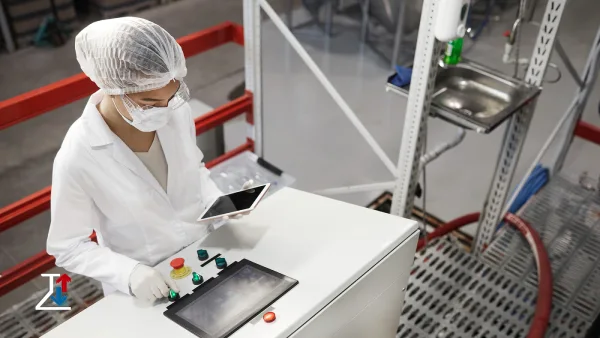
In an era where technological advancements continually redefine the boundaries of what’s possible, ambient simulation stands out as a pivotal innovation. This approach allows for the creation of highly realistic environments that can be used for a variety of applications, from military training to product testing. By simulating real-world conditions, ambient simulation offers a safe, cost-effective, and efficient means to prepare for and respond to real-life scenarios.
What is Ambient Simulation?
Ambient simulation involves replicating real-world environments and conditions within a controlled setting. This technique uses a combination of virtual reality (VR), augmented reality (AR), and various sensory inputs (such as sound, temperature, and lighting) to create immersive experiences that closely mimic actual situations.

Applications of Ambient Simulation
In the following, we will review 5 uses of Simulation:
1. Military Training:
One of the most significant applications of ambient simulation is in military training. Soldiers can be exposed to realistic battlefield conditions, including variable weather, time of day, and terrain. This helps improve their readiness and adaptability without the risks associated with live training exercises.
2. Emergency Response:
First responders, such as firefighters, paramedics, and police, can benefit from ambient simulation by practicing in realistic disaster scenarios. This enhances their ability to make quick, effective decisions during real emergencies.
3. Product Testing and Development:
Manufacturers use ambient simulation to test products under various environmental conditions. For instance, automotive engineers can simulate extreme temperatures and road conditions to ensure vehicles perform reliably in all settings.
4. Healthcare:
Medical professionals can use ambient simulation to train for complex surgeries and emergency procedures. This approach allows for repeated practice without risking patient safety.
5. Education and Training:
Ambient simulation provides students and trainees in various fields with a hands-on learning experience. By immersing them in realistic scenarios, it enhances their understanding and retention of the material.
Benefits of Ambient Simulation
Ambient Simulation has many benefits, some of which include:
1. Safety:
By simulating dangerous or high-stress environments, individuals can train and practice without exposure to real-world risks.
2. Cost-Effectiveness:
Ambient simulation reduces the need for expensive and logistically challenging live exercises. For example, military units can save on ammunition and equipment wear and tear.
3. Repetition and Consistency:
Trainees can repeat scenarios multiple times, ensuring they can learn from their mistakes and achieve a high level of proficiency. The consistency of the simulations also ensures standardized training experiences.
4. Customization and Flexibility:
Scenarios can be tailored to specific training needs or objectives, allowing for a wide range of applications. Variables such as weather conditions, time of day, and specific challenges can be adjusted to meet the training goals.
5. Data Collection and Analysis:
Ambient simulation allows for the collection of detailed performance data. This data can be analyzed to identify strengths and weaknesses, leading to targeted improvements in training programs.

Technologies Used in Ambient Simulation
5 technologies used in Ambient Simulation include:
1. Virtual Reality (VR):
VR creates a completely immersive environment where users can interact with simulated surroundings. It is particularly useful for visualizing and navigating complex scenarios.
2. Augmented Reality (AR):
AR overlays digital information onto the real world, enhancing the user’s perception and interaction with their environment. This is useful for scenarios where real-world and simulated elements need to coexist.
3. Sensory Inputs:
To enhance realism, ambient simulations often incorporate sensory inputs such as sound, temperature, humidity, and lighting. This multi-sensory approach helps create a more immersive and convincing environment.
Future of Ambient Simulation
As technology continues to advance, the capabilities and applications of ambient simulation are expected to expand. Improvements in VR and AR technology, coupled with advances in AI and sensory input integration, will lead to even more realistic and effective simulations. This will open up new possibilities for training, testing, and development across various industries.
Conclusion
Ambient simulation represents a transformative approach to training and testing, offering unparalleled realism and adaptability. Creating immersive environments that closely mimic real-world conditions, prepares individuals and organizations for the challenges they may face. As this technology continues to evolve, its impact on military training, emergency response, product development, and many other fields will only grow, making it an indispensable tool in the modern world.